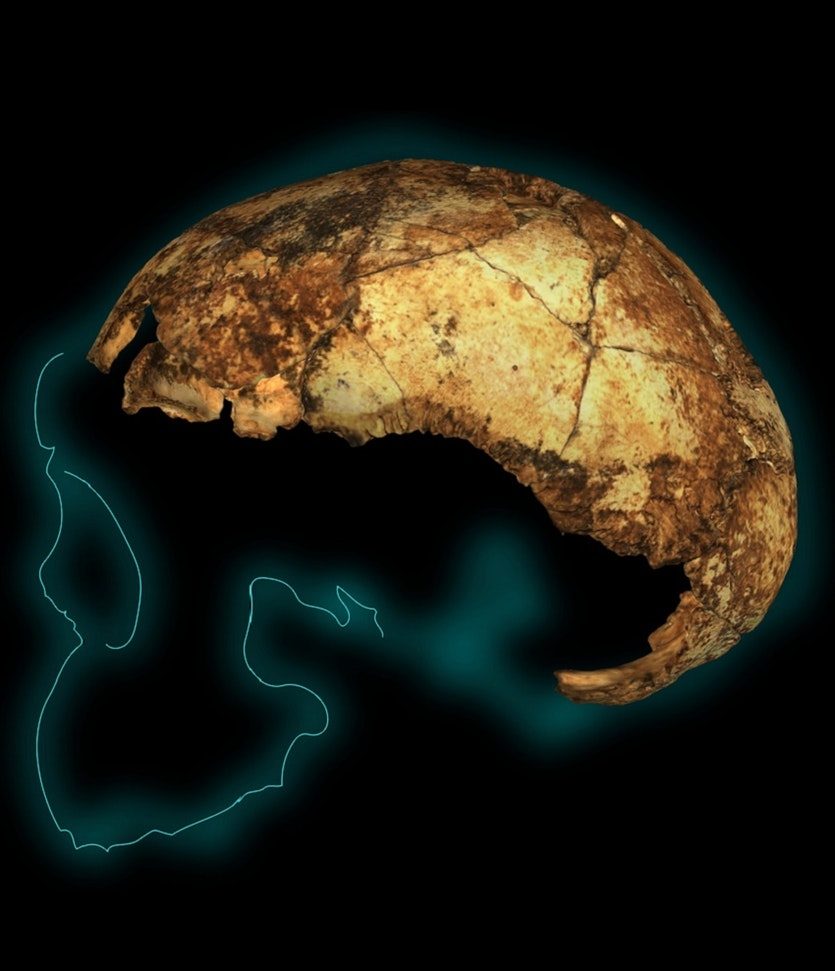
Yesterday Cosmos reported on three new papers that provide clues to our past, including one that shed new light on the evolution of brain growth and organisation.
Now an international team led by Australia's La Trobe University reports the discovery of the earliest known skull of Homo erectus, the first of our ancestors to be nearly human-like in its anatomy and aspects of its behaviour.
The two-million-year-old fossil - believed to be of a child just two or three years old - was reconstructed from more than 150 fragments excavated over five years from the Drimolen cave system north of Johannesburg in South Africa.
It suggests that Homo erectus existed 100,000 to 200,000 years earlier than previously thought.
The researchers also uncovered the oldest known skull of the species Paranthropus, and their analysis reveals that in fact three hominin genera - Australopithecus being the third - were living as contemporaries in the area two million years ago.
Combined with other evidence, this leads them to argue that the site reflects a period of transition in southern Africa driven by climatic variability, with endemic species such as Australopithecus going extinct, while new migrants - Homo and Paranthropus - moved in.
According to La Trobe's Andy Herries, who led the research, we can now say that Homo erectus shared the landscape with two other types of humans - a point that has been much debated.
"This suggests that one of these other human species, Australopithecus sediba, may not have been the direct ancestor of Homo erectus, or us, as previously hypothesised," he says.
The study involved researchers from Australia, South Africa, the US, Italy and Germany. Their findings are reported in a paper in the journal Science.
In a related commentary, Susan C Antón from New York University notes that while the researchers do not advocate for a South African origin of H. erectus, they "reasonably conclude that their early presence at Drimolen signals an almost immediate habit of long-range dispersal".
Herries and colleagues used a combination of electron spin resonance, paleomagnetism and uranium-lead dating to piece together the chronology of the Drimolen Main Quarry.
In their paper, they argue that the relative simplicity of the site's geological context revealed by these new geochronological techniques challenges the perceived complexity of other similarly aged South African paleocave sites.
As such, they suggest, much of what is known about the stratigraphy in these hominin-bearing sites may need to be re-evaluated.



Reader Comments
Whatever